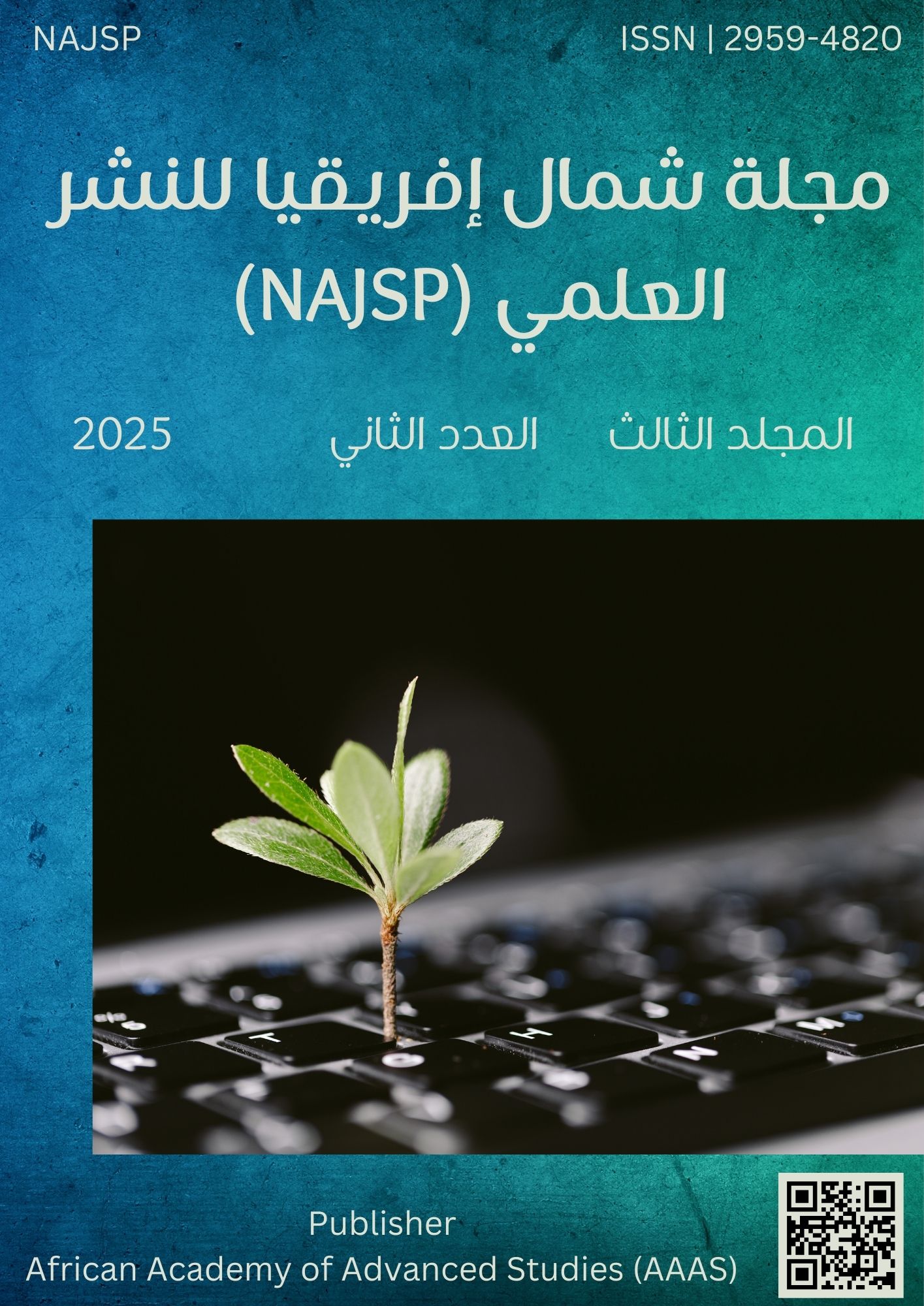Harnessing Hydraulic Potential: Integrating In-Pipe Hydropower into Libya's Great Man-Made River Project
DOI:
https://doi.org/10.65414/najsp.v3i2.530Keywords:
In-pipe hydropower, Great Man-Made River Project (GMMRP), Energy recovery potential, Technical AssessmentAbstract
This study investigates the strategic integration of in-pipe hydropower technologies, such as LucidPipe and InPipe Energy's HydroXS systems, into Libya's Great Man-Made River Project (GMMRP). The GMMRP, a monumental water conveyance system, addresses Libya's severe water scarcity by transporting fossil groundwater across vast distances. Concurrently, Libya faces significant energy insecurity characterized by grid instability and frequent power outages. This study assesses the technical and feasibility of leveraging the GMMRP's existing hydraulic infrastructure for decentralized electricity generation. The methodology involves analyzing the GMMRP's operational parameters, evaluating the capabilities of modern in-pipe turbines, quantifying potential energy recovery. Findings indicate substantial energy recovery potential, driven not only by electricity generation but also by significant operational efficiencies, including improved pressure management and reduced water loss within the GMMRP itself. Environmentally, in-pipe hydropower offers a minimal footprint compared to conventional energy sources. Crucially, the decentralized nature of this power generation system presents a profound strategic advantage, mitigating the need for extensive and vulnerable transmission lines, particularly in Libya's challenging desert and urban environments. This integration promises to bolster national energy and water security, fostering a more resilient and sustainable infrastructure landscape for Libya's future.








